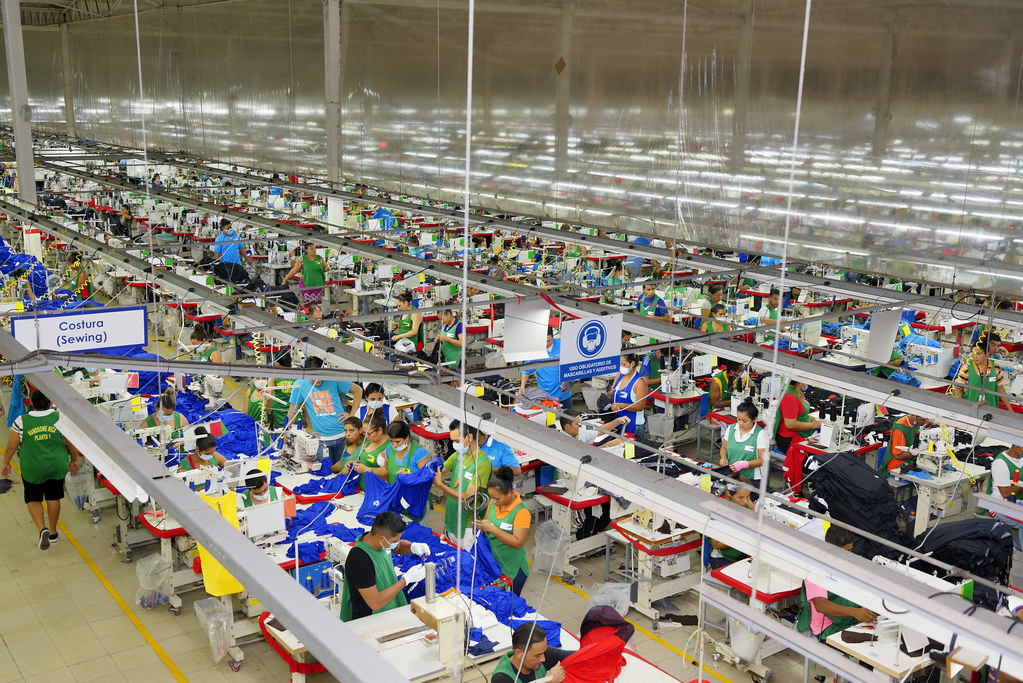
As the COVID-19 pandemic expanded across the world in early 2020, it generated the “first global supply chain crisis.”1 Global supply chains represent the integrative structure of contemporary global capitalism, and any disruption to them potentially threatens the functioning of the system itself.
In response to the crisis, the global supply chain community, encompassing academics and policymakers keen to promote their purported benefits, are proposing ways to increase supply chain “resilience.” The notion has been defined by the World Trade Organization and Asian Development Bank as “the ability of these chains to anticipate and prepare for severe disruptions in a way that maximizes capacity to absorb shocks, adapt to new realities, and re-establish optimized operations in the shortest possible time.”2 Enhanced global supply chain resilience is to be pursued through a range of policies to be implemented by lead firm managers and supported by states.
While global supply chains are promoted as generating positive gains—for firms and workers, North and South—there is mounting evidence to suggest that they represent organizational forms of capitalism designed to raise the rate of surplus value extraction from labor by capital and facilitate its geographic transfer from the Global South to the Global North. As demonstrated in a previous Monthly Review article (“World Development under Monopoly Capitalism,” November 2021), global supply chains have contributed to dynamics of concentration in leading firms, and a marked shift in national income from labor to capital across much of the world.3
Capitalism, as Karl Marx observed, is rooted in the exploitation of labor by capital through the latter’s ability to extract surplus value from the former.4 It is characterized by dynamics of concentration and centralization of capital, where fewer and larger firms increasingly dominate each economic sector. These dynamics are intrinsically related to capitalism’s uneven geographical development and the reproduction of geopolitical tensions and rivalries. As Harry Magdoff once wrote:
Centrifugal and centripetal forces have always coexisted at the very core of the capitalist process.… Periods of peace and harmony have alternated with periods of discord and violence. Generally the mechanism of this alternation involves both economic and military forms of struggle, with the strongest power emerging victorious and enforcing acquiescence on the losers. But uneven development soon takes over, and a period of renewed struggle for hegemony emerges.5
In fact, a recent World Bank publication explicates how the COVID-19 crisis is exacerbating capitalism’s inner monopolistic tendencies:
COVID-19 could cause a further rise in corporations’ market power because large corporations are in the best position to withstand the economic downturn and deploy new technologies.… In the past three recessions, the share prices of US firms in the top quartile across 10 sectors rose by an average of 6 percent whereas the share prices of those in the bottom quartile fell by 44 percent. The same divergence has been evident since the start of the COVID-19 outbreak.6
This article argues that the resilience agenda represents an ideological justification and fortification of these very same tendencies—of labor exploitation, of concentration and centralization of capital, and of an increasingly geopolitical dimension to capitalist competition.
Following this introduction, the first section of this article outlines the emerging notion of resilience as formulated within the global supply chain community. The next section discusses how the first response by firms and states to the COVID-19 crisis was to make workers bear the brunt of the crisis. The concluding section identifies the geopolitical dynamics of resilience, focusing on the White House’s 2021 report, Building Resilient Supply Chains, Revitalizing American Manufacturing, and Fostering Broad-Based Growth.7
Read More »





